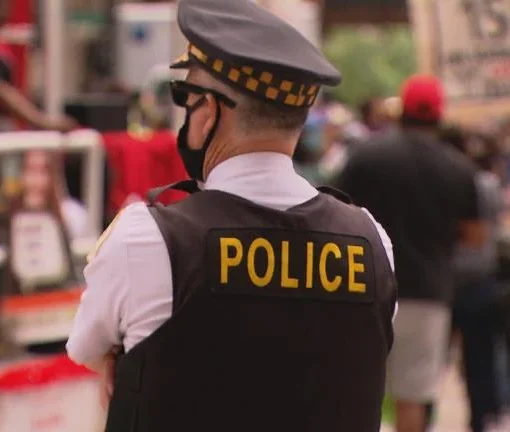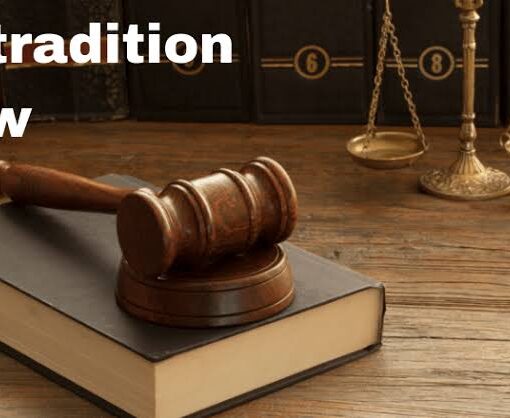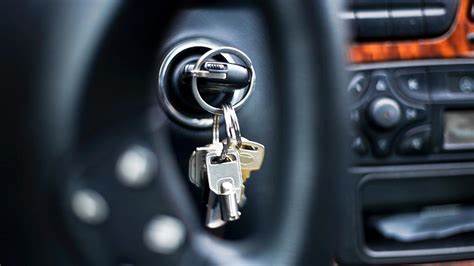In the rapidly evolving digital age, the advent of mobile technology has revolutionized communication, but it has also introduced new hazards, particularly when combined with driving. Texting while driving and drunk driving are two prevalent causes of accidents on the road. Both are dangerous behaviors that impair a driver’s ability to operate a vehicle safely, and both have been the focus of numerous studies aiming to quantify their risks and impacts.
Dangers of Texting While Driving
Texting while driving is a dangerous behavior that has been the focus of numerous studies due to its increasing prevalence and the significant risk it poses to road safety. This section will delve into the specifics of these risks, the nature of the distraction caused by texting, and the alarming statistics related to accidents caused by this behavior.
Texting while driving involves the use of a mobile device to read, compose, or send text messages while operating a vehicle. The danger lies in the fact that this activity requires cognitive, manual, and visual attention – three types of attention that should be focused on the road and the task of driving. When drivers divert their attention to their phones, even for a few seconds, they significantly increase the likelihood of a collision.
Several studies have quantified the risks associated with texting while driving. For instance, a study by the Virginia Tech Transportation Institute found that text messaging increases the risk of a crash or near-crash event by two times and results in drivers taking their eyes off the road for an average of 23 seconds total. This kind of distraction can cause drivers to miss critical events, objects, and cues, or to misjudge road conditions, leading to collisions and near-collisions.
Another study published in the Journal of Safety Research reported that texting while driving resulted in longer response times than even drunk driving. The study found that drivers who were texting took significantly longer to respond to abrupt roadway events than those who were intoxicated.
The National Highway Traffic Safety Administration (NHTSA) reports that in 2019, distracted driving, including texting while driving, was reported in crashes that killed 3,142 people, or 8.7% of all road fatalities in the U.S. This represents a 10% increase from the previous year, indicating the growing severity of the problem.
Moreover, a survey conducted by the AAA Foundation for Traffic Safety revealed that while 96% of drivers see texting or emailing while driving as a serious safety threat, 31% of drivers admitted to doing it regularly. This highlights a concerning disconnect between awareness and behavior among drivers.
Dangers of Drunk Driving
Drunk driving, also known as driving under the influence (DUI) or driving while intoxicated (DWI), is a dangerous and illegal behavior that has been extensively studied due to its significant contribution to road accidents worldwide. This section will explore the risks associated with drunk driving, the effects of alcohol on cognitive and motor functions, and the concerning statistics related to accidents caused by this behavior.
Drunk driving involves operating a vehicle while one’s blood alcohol content (BAC) is above the legal limit set by statute, which is 0.08 grams percent in the U.S. according to the Centers for Disease Control and Prevention (CDC). Alcohol is a psychoactive substance that reduces the function of the brain, impairing thinking, reasoning, and muscle coordination, all of which are essential abilities for operating a vehicle safely.
Numerous studies have demonstrated the risks associated with drunk driving. For instance, research from the National Highway Traffic Safety Administration (NHTSA) indicates that alcohol-impaired driving crashes account for nearly one-third of all traffic-related deaths in the U.S. This equates to one death every 50 minutes. The annual cost of alcohol-related crashes totals more than $44 billion.
Alcohol affects drivers in several ways. It slows reaction time and impairs the driver’s ability to process information, making it harder to control the vehicle. Alcohol also reduces the function of the eye muscles, altering visual perception and reducing the ability to judge distances. Furthermore, alcohol can create a sense of overconfidence, leading to risky behaviors such as speeding, not wearing a seatbelt, or engaging in illegal maneuvers.
The CDC reports that in 2016, over 1 million drivers were arrested for driving under the influence of alcohol or narcotics. However, this is just 1% of the 111 million self-reported episodes of alcohol-impaired driving among U.S. adults each year. This highlights the prevalence of the problem and the need for effective interventions.
Drunk driving is a significant issue among young people. According to the NHTSA, drivers under the age of 24 are significantly over-represented in fatal alcohol-impaired driving crashes. In addition, motorcyclists involved in fatal crashes are more likely to be alcohol-impaired than any other type of driver.
In conclusion, drunk driving is a dangerous behavior that poses a significant risk to road safety. Despite legal penalties and widespread awareness campaigns, it remains a prevalent issue, particularly among certain demographics. The following sections will compare these risks with those associated with texting while driving, another major cause of road accidents.
Texting While Driving as Dangerous as Drunk Driving
The dangers of both texting while driving and drunk driving are well-documented, but it is also important to compare these two behaviors to understand their relative risks and impacts. This comparative analysis will draw on various studies that have directly compared the dangers of texting while driving and drunk driving, highlighting the similarities and differences in the types of impairments and risks involved.
Several studies have made direct comparisons between texting while driving and drunk driving. For instance, a study by the Transport Research Laboratory in the UK found that reaction times were 35% slower when drivers were writing or reading texts compared to when they were drunk. Another study by Car and Driver Magazine found that texting while driving was more dangerous than drunk driving in terms of braking reaction time and lane position deviation.
Both texting while driving and drunk driving impair the driver’s ability to react to sudden changes in the road environment. However, the nature of the impairment is different. Texting while driving primarily causes visual and cognitive distractions. Drivers take their eyes off the road to look at their phone and their mind off the task of driving to engage in a conversation. On the other hand, drunk driving primarily impairs physical and cognitive functions. Alcohol affects the brain’s processing capabilities and muscle coordination, making it harder for drivers to react appropriately to situations.
In terms of risk, both behaviors significantly increase the likelihood of a crash. However, the degree of risk may vary depending on various factors such as the driver’s experience, the driving conditions, and the extent of the distraction or impairment. Some studies suggest that texting while driving can be up to six times more dangerous than drunk driving. However, it’s important to note that both behaviors are risky and can lead to fatal accidents.
Another important aspect to consider in this comparison is the legal implications of both behaviors. While drunk driving has been illegal and socially unacceptable for many years, laws regarding texting while driving are relatively new and vary widely. Despite the growing body of evidence suggesting that texting while driving is as dangerous as, if not more dangerous than, drunk driving, it does not carry the same legal penalties or social stigma.
In conclusion, while both texting while driving and drunk driving are dangerous behaviors that increase the risk of road accidents, they present different types of impairments and risks. Understanding these differences is crucial for developing effective strategies to combat these issues and improve road safety. The next section will delve into the legal implications and public perceptions of both issues.
Legal Implications and Public Perception
Texting while driving and drunk driving are both dangerous behaviors that can lead to severe consequences, including accidents, injuries, and fatalities. However, the legal implications and public perceptions of these behaviors differ significantly, which can impact their prevalence and the effectiveness of interventions aimed at reducing them.
Drunk driving has long been recognized as a serious crime that can result in hefty fines, license suspension, and even jail time. The legal blood alcohol concentration (BAC) limit in most countries is 0.08%, and exceeding this limit can lead to a DUI (Driving Under the Influence) or DWI (Driving While Intoxicated) charge. These charges can have long-term impacts, including increased insurance rates, employment difficulties, and social stigma.
On the other hand, laws regarding texting while driving are relatively new and vary widely by location. In some places, it’s considered a primary offense, meaning police officers can pull drivers over solely for texting. In others, it’s a secondary offense, meaning drivers can only be cited for texting if they are pulled over for another reason. The penalties for texting while driving are generally less severe than those for drunk driving and can include fines and points on the driver’s license.
Public perception also plays a significant role in the prevalence of these behaviors. Drunk driving is widely recognized as dangerous and irresponsible, and there is a strong social stigma attached to it. This perception has been shaped by decades of public awareness campaigns, educational programs, and strict enforcement of DUI laws.
In contrast, the dangers of texting while driving are not as widely recognized or understood. Despite numerous studies showing that it can be as dangerous as drunk driving, many people view it as a less serious offense. This perception is slowly changing, thanks to public awareness campaigns and new laws. However, there is still a long way to go in changing public attitudes and behaviors regarding texting while driving.
In conclusion, while both texting while driving and drunk driving are dangerous and can lead to severe consequences, they are perceived differently by the public and the law. Understanding these differences is crucial for developing effective strategies to combat these issues and improve road safety.
Last updated on: April 30, 2024




